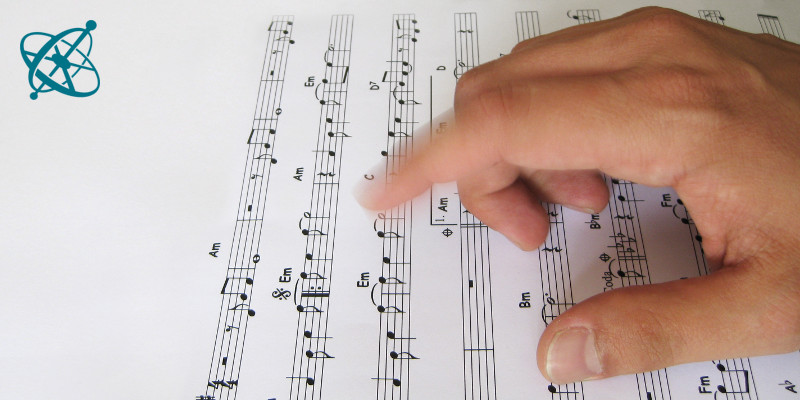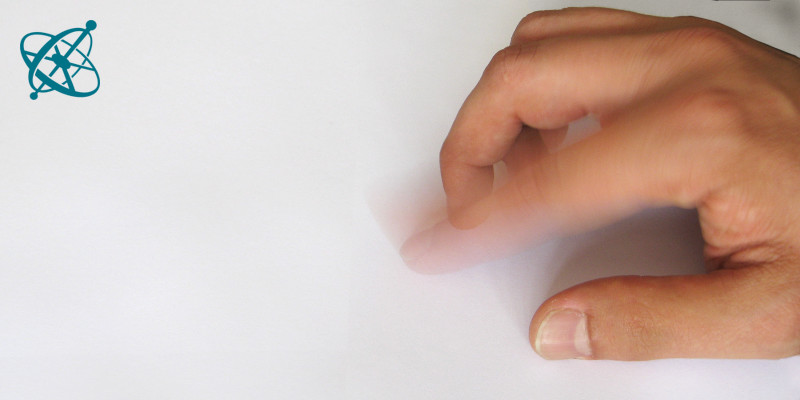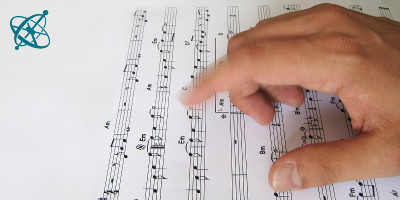 www.sciensation.org | Ciênsação hands-on experiments are published as Open Educational resources under a Creative Commons Attribution-ShareAlike 4.0 International License.
www.sciensation.org | Ciênsação hands-on experiments are published as Open Educational resources under a Creative Commons Attribution-ShareAlike 4.0 International License.
Tap the rhythm of a tune.

Why is it obvious to you but difficult to guess for others?
tap, tap – tap!, tap, tap
Communication is a difficult skill to master. The gap between the message we believe to 'send' and the message the other side 'receives' can be amusing, surprising or disastrous. This little experiment sheds light on one of the many reasons why communication can fail.
To communicate effective, it is important to be aware of the receivers knowledge and how it differs from our own.
Form groups of 4 to 6 students.
Build two teams in your group. One team secretly agrees to a well known musical theme or tune, and taps its rhythm with a finger on the table. The other team has to guess that tune. Then the roles are swapped.
1. How come that it is so hard to guess the other team's tune while it seems obvious once you know it?
Listeners in this experiment just hear a frequency of taps. The students in the 'tapping team' hear the taps along with the song in their heads. Most 'tappers' are not aware of this discrepancy in information and find it difficult to understand why listeners do not recognize the tune. In fact, for the tapper it is hard to imagine the position of the listener, because she cannot 'switch off' hearing the song in her head.
Humans tend to communicate without realizing that they base their message on knowledge which the listener does not possess. This cognitive bias is known as 'Illusion of transparency'. Taking the listeners perspective might be difficult to achieve, but can significantly improve communication outcomes.

